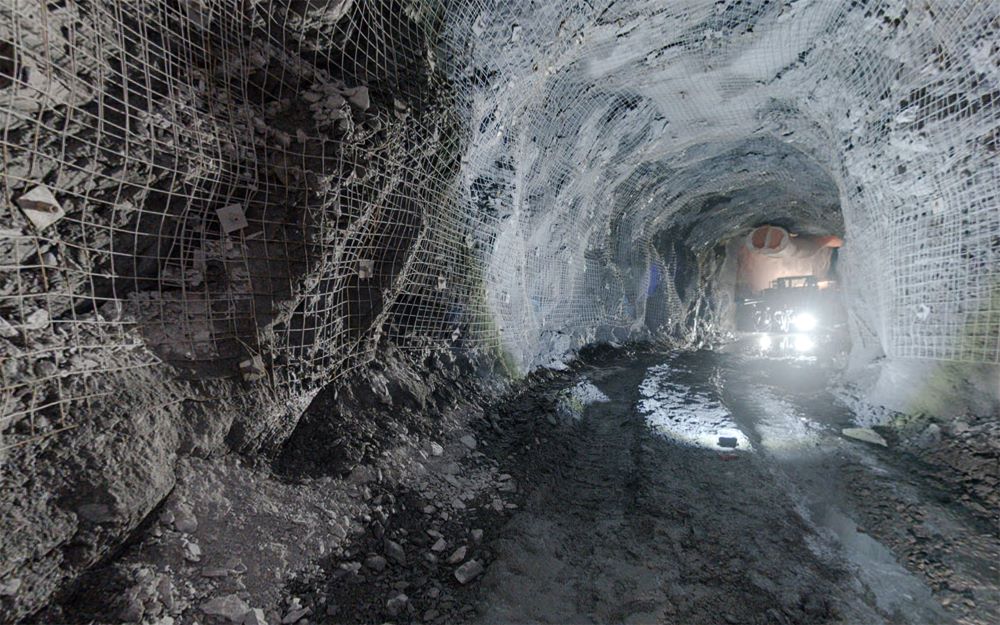Sign up for daily news updates from CleanTechnica on email. Or follow us on Google News!
Plan would scale DPPs to boost energy democracy, grid services and savings
Washington, DC — Solar United Neighbors (SUN) has developed a groundbreaking state model policy to develop Distributed Power Plants (also known as Virtual Power Plants). By coordinating numerous small-scale solar and battery systems, Distributed Power Plants (DPPs) can add or subtract demand for electricity exactly when the electric grid needs it most. This helps to prevent power outages, and turning on expensive and polluting peaker power plants. In return, solar owners earn credit for the use of their investment while providing grid savings to all ratepayers.
“DPPs are an important means of providing savings for solar owners with batteries while also delivering valuable grid services to reduce energy costs for everyone,” said Glen Brand, Solar United Neighbors’ VP of Advocacy and Policy. “The goal of our new model policy and accompanying model state legislation is to scale DPPs from the pilot stage to statewide programs.”
SUN’s model DPP program is easy for customers to understand and enroll in. It lowers implementation burdens for third party aggregators and program administrators. The policy and accompanying model legislation is based on four principles:
- open access (anyone can participate, the program is not the result of an RFP for one provider)
- technology agnostic (accommodates all relevant distributed energy resources)
- flexible participation (utility customers can enroll directly or via an aggregator)
- fair retail export compensation (there’s no hidden disincentive for participation)
The model DPP policy and supporting state legislative text, as well as links to a recorded webinar and presentation slides, can be found at: solarunitedneighbors.org/dpp.
“Distributed Power Plants (DPPs) are a game-changer for utilities grappling with rising energy costs and the need for more resilient energy,” said Meghan Nutting, Sunnova’s EVP of Government and Regulatory Affairs. “DPPs are dynamic, providing load flexibility and the ability to slash peak demand by 10-20%, and they rely on assets that are either quick to install or already built. Fair compensation for consumers who participate is key to a successful program. Current failures in the utility sector — such as outdated infrastructure and lack of competition — can be ameliorated by integrating distributed energy resources (DERs) through DPPs. SUN’s recommendations provide a framework that, if implemented, could save consumers billions in energy costs over the next decade.”
DPP projects have been becoming more popular around the country, from Hawaii to Texas and New England. With climate change making storms and hurricanes worse, threatening more frequent blackouts, DPPs provide a needed boost to grid resiliency. SUN’s model policy will guide regulators on how to scale these projects to statewide programs.
“As we’ve seen across the country, power outages are impacting nearly one in two Americans,” said Amy Heart, Senior Vice President of Policy, Sunrun. “It’s time to update our grid system and leverage distributed energy resources quickly to ensure access to reliable, clean energy. Distributed Power Plants are foundational grid solutions that not only increase household resilience, but provide critical relief for our stressed power grids at times it is most needed. It’s important for every state to implement these local solutions to leverage every electron to create an affordable, flexible grid for all.”
DPPs are projected to provide significant cost savings for all consumers. The U.S. Department of Energy’s “Virtual Liftoff” report estimates that tripling the current scale of DPPs by 2030 could save ratepayers more than $10 billion in annual grid costs. A 2024 study projects that DPPs could save California consumers over a half-billion dollars per year. And according to a recent 2023 study by the Brattle Group, a DPP costs roughly 40–60% less than that of alternative options to provide the same power. An estimated 60 GW of DPP deployment would save ratepayers $15–$35 billion over the ensuing decade. This would provide more than $20 billion in other societal benefits like reduced pollution and more reliable energy service. The value of DPPs is expected to grow significantly as electricity demand rises with the increasing adoption of electric vehicles and electric heating and cooling systems.
“SUN’s model DPP is a dramatic advancement in DER policymaking,” said Mark Duda, Founder/Principal Distributed Energy Partners, LLC. “In terms of the investments needed to meet load growth and the challenges posed by the ever worsening climate crisis, it’s imperative that DERs be utilized to support grid operations as soon as possible. DPP technology is important, impactful, and ready now. This model tariff streamlines DPP deployment thereby lowering the cost of grid modernization and accelerating the electric power sector’s climate adaptation efforts.”
About Solar United Neighbors: Solar United Neighbors is a nonprofit organization that works across the United States to represent the needs and interests of solar owners and supporters. It’s building an energy system with rooftop solar at the cornerstone. Solar United Neighbors holds events and education programs to help people become informed solar consumers, maximize the value of their solar investment, and advocate for fair solar policies.
Have a tip for CleanTechnica? Want to advertise? Want to suggest a guest for our CleanTech Talk podcast? Contact us here.
Latest CleanTechnica.TV Videos
CleanTechnica uses affiliate links. See our policy here.
CleanTechnica’s Comment Policy




.jpg)
